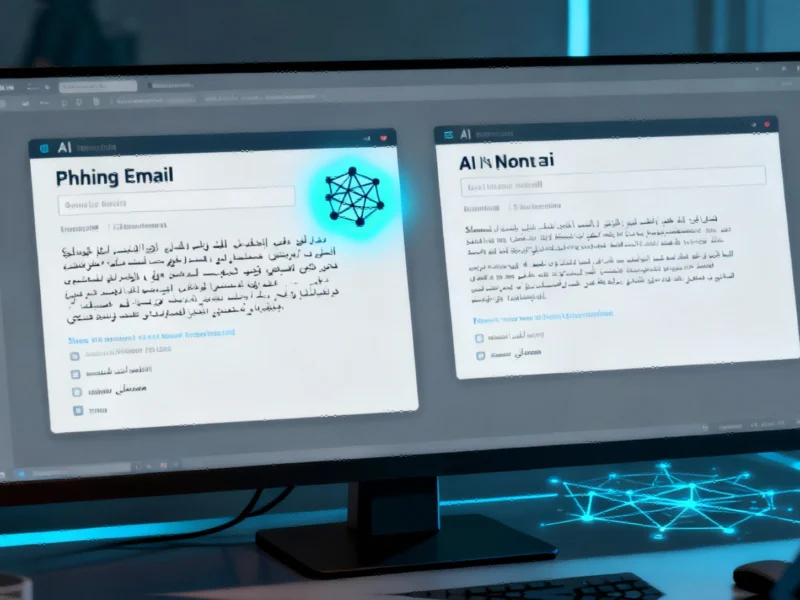The Expanding Cybersecurity Challenge
European organizations are navigating an increasingly complex digital landscape where traditional security perimeters have become obsolete. As businesses embrace cloud technologies, IoT devices, and remote work arrangements, their attack surfaces have expanded exponentially. While many companies have begun implementing zero trust principles, these efforts often fall short of providing comprehensive protection against sophisticated threats.
Table of Contents
- The Expanding Cybersecurity Challenge
- The Limitations of Partial Zero Trust Implementation
- The Evolution of Cyber Threats Demands Evolution in Defense
- Zero Trust Everywhere: A Comprehensive Framework
- Strategic Benefits Beyond Security
- Building Competitive Advantage Through Security
- Implementation Roadmap
The Limitations of Partial Zero Trust Implementation
Many European enterprises have successfully applied zero trust principles to their core networks, user access controls, and primary applications. However, this selective approach creates significant security gaps that threat actors are quick to exploit. Operational technology systems, IoT devices, supply chain connections, and remote locations frequently remain outside the protective umbrella of zero trust architecture.
The reality is that partial implementation provides a false sense of security, similar to installing state-of-the-art locks on your front door while leaving windows and back entrances completely unprotected. Modern cybercriminals, particularly those with state backing, systematically probe for these neglected areas, understanding that organizations often prioritize immediate vulnerabilities over comprehensive protection., according to expert analysis
The Evolution of Cyber Threats Demands Evolution in Defense
Artificial intelligence has become a double-edged sword in cybersecurity. While organizations leverage AI for threat detection, cybercriminals are using the same technology to accelerate attacks, identify vulnerabilities, and bypass traditional security measures. Legacy systems, which remain prevalent across European manufacturing, healthcare, and financial sectors, present particularly attractive targets for AI-powered attacks.
These advanced threats don’t merely seek initial access—they specialize in lateral movement across networks, data exfiltration, and operational disruption. The recent surge in ransomware attacks against European critical infrastructure demonstrates how quickly limited security implementations can be compromised.
Zero Trust Everywhere: A Comprehensive Framework
The solution lies in extending zero trust principles across every layer of IT infrastructure, including often-overlooked areas:, as previous analysis, according to industry analysis
- Operational Technology (OT) Systems: Industrial control systems and manufacturing equipment require the same rigorous verification as corporate IT assets
- IoT and Edge Devices: Smart sensors, connected equipment, and remote monitoring tools must be integrated into the zero trust architecture
- Supply Chain Connections: Third-party access points represent significant vulnerabilities that demand continuous verification
- Remote and Branch Locations: Distributed workforce and satellite offices cannot remain security outliers
Strategic Benefits Beyond Security
Implementing a comprehensive zero trust framework delivers advantages that extend far beyond threat prevention:, according to market trends
Operational efficiency improves through simplified architecture management and reduced maintenance overhead. Organizations report cleaner network designs and more straightforward security policies when zero trust principles are applied consistently across all systems.
Compliance becomes more achievable and sustainable. A holistic zero trust approach naturally aligns with requirements under GDPR, NIS2 Directive, and various industry-specific regulations. Rather than treating compliance as a checklist exercise, organizations can build security into their fundamental operations.
Building Competitive Advantage Through Security
In today’s global marketplace, robust cybersecurity has become a competitive differentiator. European organizations that demonstrate comprehensive protection frameworks build stronger trust with international partners and customers. This is particularly crucial for sectors like automotive manufacturing, pharmaceuticals, and financial services where data protection and operational resilience directly impact market position.
The transition to Zero Trust Everywhere represents more than a technical upgrade—it’s a strategic imperative for European businesses looking to maintain their competitive edge in an increasingly digital global economy. By making this investment now, organizations position themselves for sustainable growth while protecting their most valuable assets and relationships.
Implementation Roadmap
Successful adoption requires a phased but comprehensive approach:
- Conduct a complete asset inventory, including OT, IoT, and remote systems
- Map data flows and access requirements across the entire organization
- Implement identity and access management with continuous verification
- Extend microsegmentation to all network areas
- Establish continuous monitoring and anomaly detection capabilities
European security leaders recognize that the time for incremental improvements has passed. The escalating threat landscape demands nothing less than complete zero trust implementation across all digital assets and connections. Those who embrace this comprehensive approach will not only secure their operations but also unlock new opportunities for innovation and international collaboration.
Related Articles You May Find Interesting
- Coupa Develops AI-Powered Digital Twin to Navigate Global Supply Chain Volatilit
- Strategic Liquidity Management: How Finance Leaders Are Turning Working Capital
- Anthropic Deploys Claude Code Web Platform While DeepSeek Advances OCR Compressi
- Southern Ocean’s Carbon Sink Resilience Reveals Hidden Climate Dynamics
- Claude Expands Coding Capabilities While DeepSeek Pioneers Document Compression
This article aggregates information from publicly available sources. All trademarks and copyrights belong to their respective owners.
Note: Featured image is for illustrative purposes only and does not represent any specific product, service, or entity mentioned in this article.



